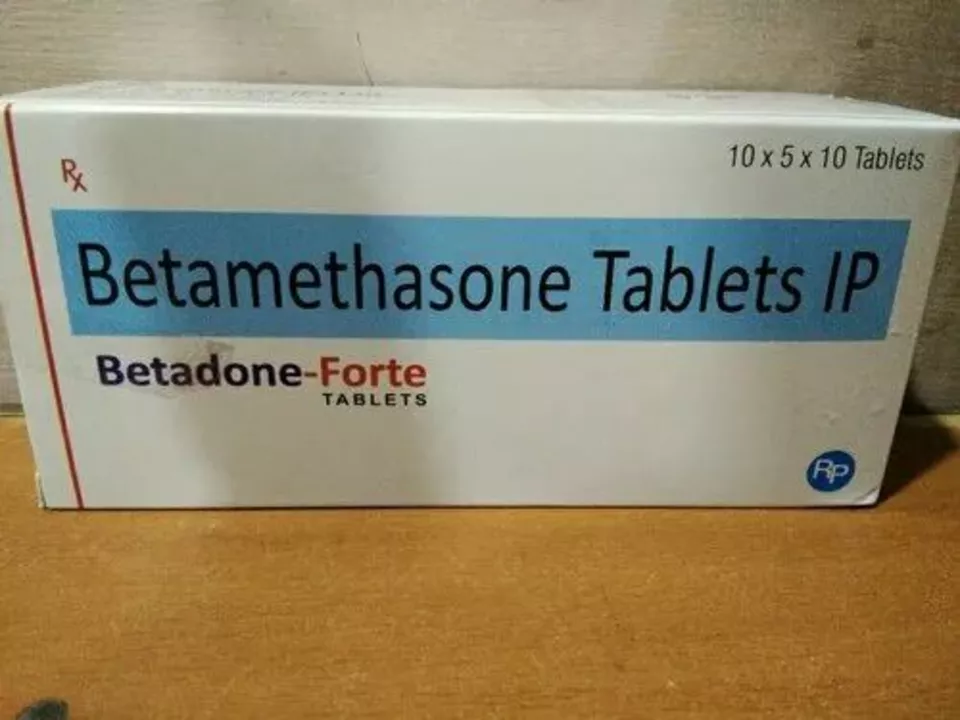Topical corticosteroids: uses, potencies, and safe application
Topical steroids are one of the fastest ways to calm itchy, red, inflamed skin - but they can cause problems if used wrong. This short guide helps you pick the right strength, apply it safely, and avoid common mistakes.
What they do: Topical corticosteroids reduce inflammation and itching by dialing down the immune response in the skin. Doctors prescribe them for eczema, contact dermatitis, psoriasis flares, and some rashes. They do not cure chronic skin conditions, but they control flare ups while you treat triggers and skin care.
Potency matters: These medicines come in classes from low to ultra-high potency. Low-potency creams work well for the face, groin, and skin folds. Medium to high potency is for thicker skin like palms and soles or stubborn plaques. Very potent options are reserved for short courses and areas with thick skin. Always follow your clinician's choice - potency affects how much absorption and risk you have.
How to apply: Clean and dry the area first. Use a thin layer and rub in gently. A fingertip unit helps: one fingertip unit covers roughly the front and back of one hand. Apply only to affected areas, not to large body surfaces. Most prescriptions say once or twice daily. More frequent use usually does not speed healing and raises side effect risk.
Watch for side effects: Skin thinning, stretch marks, easy bruising, and visible blood vessels can occur with overuse or high-potency products. Using strong steroids under occlusion (wraps, dense dressings) increases absorption and risk. Kids are more sensitive because their skin absorbs more relative to body weight. Systemic effects like hormonal suppression are rare but possible with long courses or large surface area use.
Practical safety tips: Use the lowest effective potency for the shortest time that controls symptoms. Avoid the face, groin, and eyelids unless your doctor prescribes a mild option. Don't self-treat an infected rash; steroids can worsen infections. If you need frequent repeat courses, ask your clinician about steroid-sparing options like topical calcineurin inhibitors, moisturizers, or treating triggers.
Tapering and stopping: For short courses you can stop when the rash clears. For long-term or high-potency use, your doctor may want a gradual taper to avoid rebound flares. If a treated area becomes worse, develops pus, or you notice unusual weight changes or tiredness, contact your doctor.
Common mistakes
Using high-potency cream on the face, staying on steroids for months without review, and using them on infected skin are frequent errors. These raise harm and often make rashes worse.
When to see a doctor
If the rash spreads, gets painful, shows pus, or doesn't improve in a week, seek medical advice. Also check in for severe side effects like skin thinning or growth delay in children. Your pharmacist can help too.
